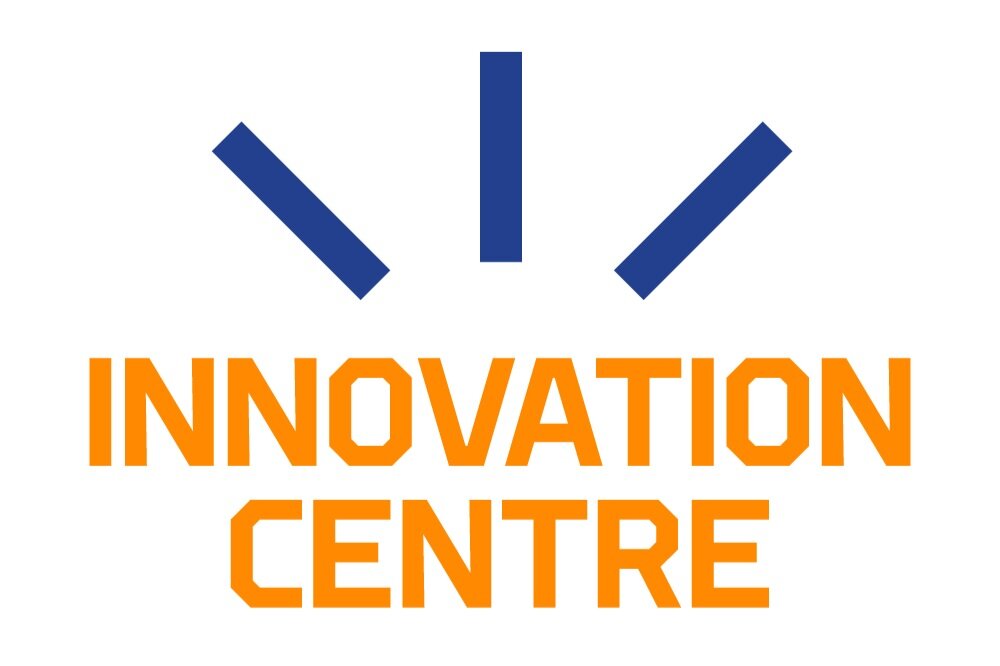Is there arsenic in your drinking water? ACRA-project in Kajaani is developing a fast and affordable solution for arsenic measurement
Left photo: ACRA research team: Jay Oña (left), Maarit Hattuniemi, Adriana Ferancova and Veijo Sutinen. Right photo: ACRA business team: Mika Mahosenaho (left), Jarmo Järvenpää, Jarmo Hietanen and Jarkko Räty.
Clean water is a basic human right, but millions of people around the world are at risk of exposure to naturally occurring or industrially caused arsenic in their drinking water. Arsenic is a toxic substance that, with long-term exposure, can lead to serious health problems such as cancer. The arsenic issue is not limited to developing countries — even in Finland, there are areas where naturally occurring arsenic may be found in groundwater and well water. Globally, the problem affects between 94 and 220 million people and low-cost and reliable tools to measure arsenic in water are missing (DOI: 10.1039/d2va00218c).
This global challenge is being addressed by the Research to Business project ACRA, funded by Business Finland and the University of Oulu. Project is led by Adriana Ferancova, who works as a researcher at the University of Oulu’s Measurement Technology Unit in Kajaani. The ACRA team is a multidisciplinary group of researchers and engineers experienced in electrochemistry, prototyping, and developing mobile applications. The team also includes business experts, such as Business Champion Jarmo Järvenpää. The team aims to develop a compact, fast, and cost-effective tool for measuring arsenic concentrations in water. The solution will be based on sensor technology, and it will utilize cloud-based services for data storage and analysis. The goal is to provide accurate, real-time information on water quality without complex laboratory methods.
“Current solutions take time and require expertise. Our goal is to create a device that anyone can use”, Ferancova explains.
Ferancova was born in Slovakia, where she studied analytical chemistry and earned her PhD. She has lived and worked in Finland since 2009 and began her position at the University of Oulu in 2013. She currently holds docentships at both Åbo Akademi and the University of Oulu. Ferancova specializes in electrochemical sensors and biosensors, focusing on developing innovative solutions in areas such as cleantech and well-being monitoring.
At present, the team is developing a device prototype within the ACRA project, exploring the business potential of the device, and creating a roadmap to bring the solution to market.
“The idea to create this kind of measurement device was developed in previous projects (e.g. Armine), which helped us clarify the challenges we’re addressing. R2B funding allows us to further develop the device and explore commercialization opportunities”, Ferancova says.
A wide range of applications
The solution being developed by the research team opens new possibilities for several different industries and user groups:
Industry
Water purity is extremely important, especially in industries that handle large volumes of water, such as mining, the chemical industry, or process industries. The device can be used, for example, for the rapid screening of the wastewater quality before it is discharged into the environment.
Agriculture
On farms and in the food industry, water is needed for purposes like irrigation. The ACRA device can help farmers ensure the cleanliness of irrigation water to prevent the contamination of plants with arsenic. Additionally, it can also help prevent livestock exposure to harmful substances.
Governments and NGOs
Authorities can utilize the solution for regional water quality monitoring, especially in rural areas or places known for arsenic pollution. It enables cost-effective field measurements without expensive equipment and speeds up the response to potential health threats.
Private citizens and rural communities
The solution can be particularly useful for homeowners who use well or spring water but lack regular water quality monitoring. With this device, users can perform their own tests quickly and easily.
A small device with a big impact
The ACRA project is an example of how university research can address major global challenges by combining multidisciplinary expertise with business know-how. Ferancova and her team hope that this new solution can later be expanded to monitoring other water contaminants or even health applications.
“I believe that in the future, our solution can be used to measure not just arsenic but also other contaminants in water. It is extremely important to protect our waters in advance, before serious accidents occur.” - Adriana Ferancova




